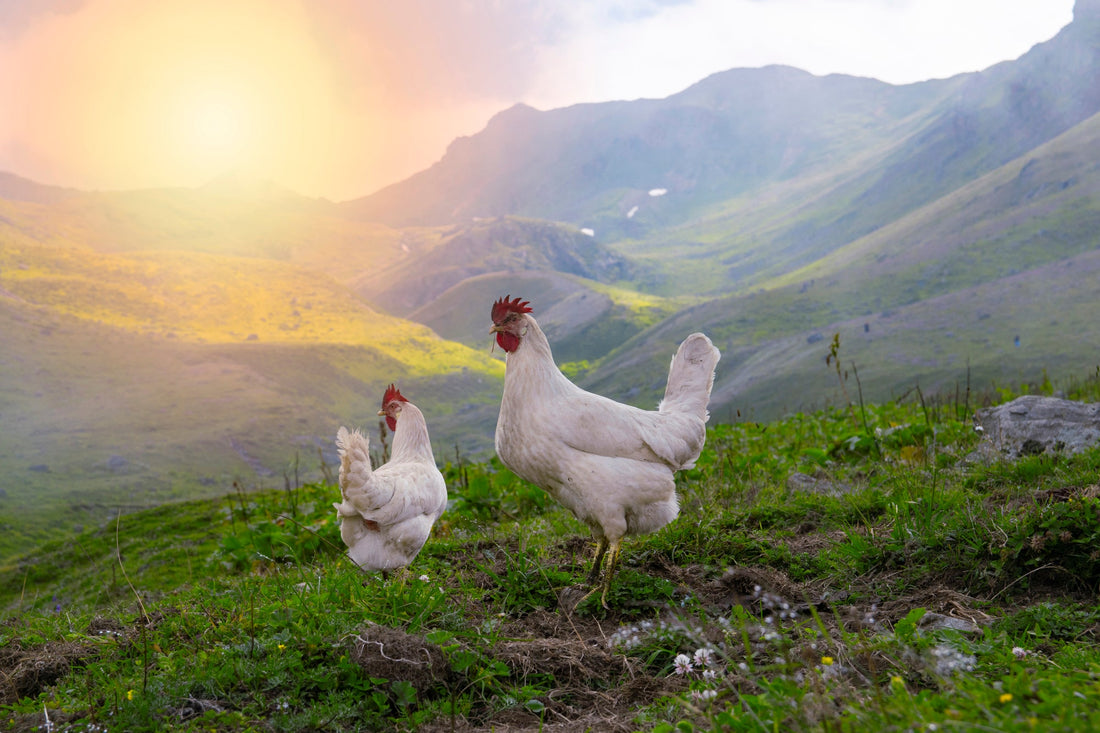Chickens, often seen pecking around in the backyard or cozily nested in poultry farms, carry a secret. Beyond their well-known roles as sources of eggs and companionship, these birds exhibit remarkable navigational abilities that help them find their way home. This blog post delves into the fascinating world of chickens’ navigational skills, exploring the science and instincts behind their homing abilities.
The Homing Instinct: Chickens’ Built-in GPS
Chickens, like many animals, possess an innate ability to navigate their way home, a skill that has intrigued scientists and poultry enthusiasts alike. This section introduces the concept of the homing instinct in chickens, setting the stage for a deeper exploration of how these backyard poultry manage to find their way back to their coops. The homing instinct is not merely a matter of visual landmarks; it's an intricate process involving sensory information and internal mechanisms that guide these birds across familiar and unfamiliar terrains.
Navigating the Unknown: Sensory Inputs and Chickens’ Navigation
Chickens rely on a combination of sensory inputs to navigate their environment. Vision plays a crucial role, allowing them to recognize landmarks and orient themselves in space. However, chickens also utilize other senses, including hearing and possibly even the Earth's magnetic field, to guide their movements. This multisensory approach enables chickens to create mental maps of their surroundings, aiding in their remarkable ability to find their way home, even from locations they have never been before.
Sun Compass: Following the Light
One of the most fascinating aspects of chickens’ navigation is their use of the sun as a compass. By tracking the position of the sun in the sky and understanding its movement pattern, chickens can determine directions and adjust their course accordingly. This section delves into the intricacies of how chickens interpret the sun's position, including their ability to compensate for the changing angles throughout the day, showcasing their complex understanding of the natural world.
The Magnetic Compass: Earth’s Invisible Guide
In addition to the sun compass, there is evidence to suggest that chickens may use the Earth's magnetic field as a navigational tool. This magnetic compass allows them to sense direction more consistently, especially on cloudy days when the sun is not visible. Scientists believe that chickens, like migratory birds, can detect magnetic fields through specialized receptors, providing them with a reliable sense of direction that complements their visual and solar navigation methods.
Landmarks and Memory: The Role of Familiarity
Chickens also use landmarks to navigate, memorizing specific features of their environment to guide their way home. These can include distinctive trees, buildings, or even patterns of the landscape. This ability to recognize and remember landmarks indicates a level of cognitive complexity that is often underestimated in chickens. It also highlights the importance of a stable and enriched environment for backyard poultry, offering them cues to navigate their home range effectively.
Learning to Navigate: Chickens’ Development of Navigational Skills
Chickens begin developing their navigational skills at a young age, learning from their experiences and gradually expanding their mental maps of the area around their coop. This learning process is crucial for young chickens, especially in free-range environments where they must navigate a larger area. Through exploration and social learning, observing the movements of older chickens, chicks refine their navigation abilities, becoming adept at finding their way home.
The Role of Human Intervention in Chicken Navigation
While chickens have impressive natural navigational abilities, human intervention can enhance or hinder their homing instincts. Proper care, including providing a safe and stimulating environment, can support the development of their navigation skills. However, overly restrictive conditions or frequent changes to their living environment can disrupt their natural abilities, emphasizing the need for mindful management of backyard poultry.
Beyond the Coop: The Implications of Chickens’ Navigational Skills
The navigational abilities of chickens are not just a curiosity; they have broader implications for understanding animal cognition and the evolutionary development of navigation in birds. By studying how chickens find their way home, scientists can gain insights into the mechanisms behind animal navigation more broadly, potentially applying this knowledge to conservation efforts and the design of more animal-friendly agricultural practices.
In Conclusion: The Marvels of Chicken Navigation
Chickens are more than just sources of eggs and meat; they are navigational marvels capable of finding their way home through a combination of sensory inputs, innate instincts, and learned experiences. This exploration of chickens' homing abilities reveals the complexity of their behaviors and underscores the importance of providing a nurturing environment for these intelligent and adaptable birds.

